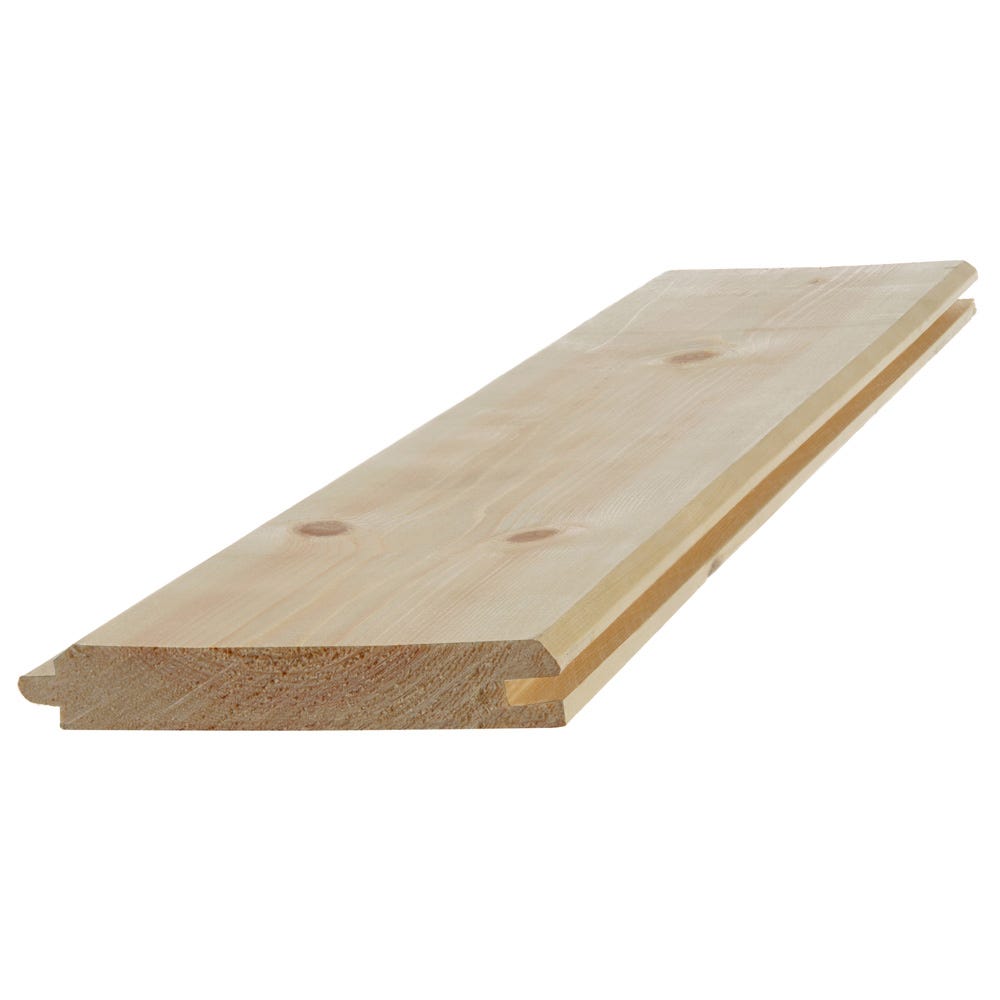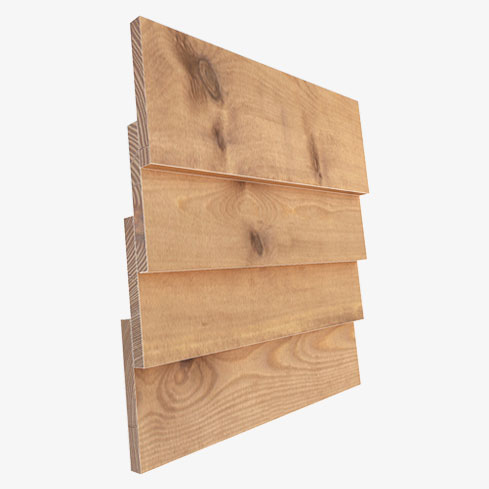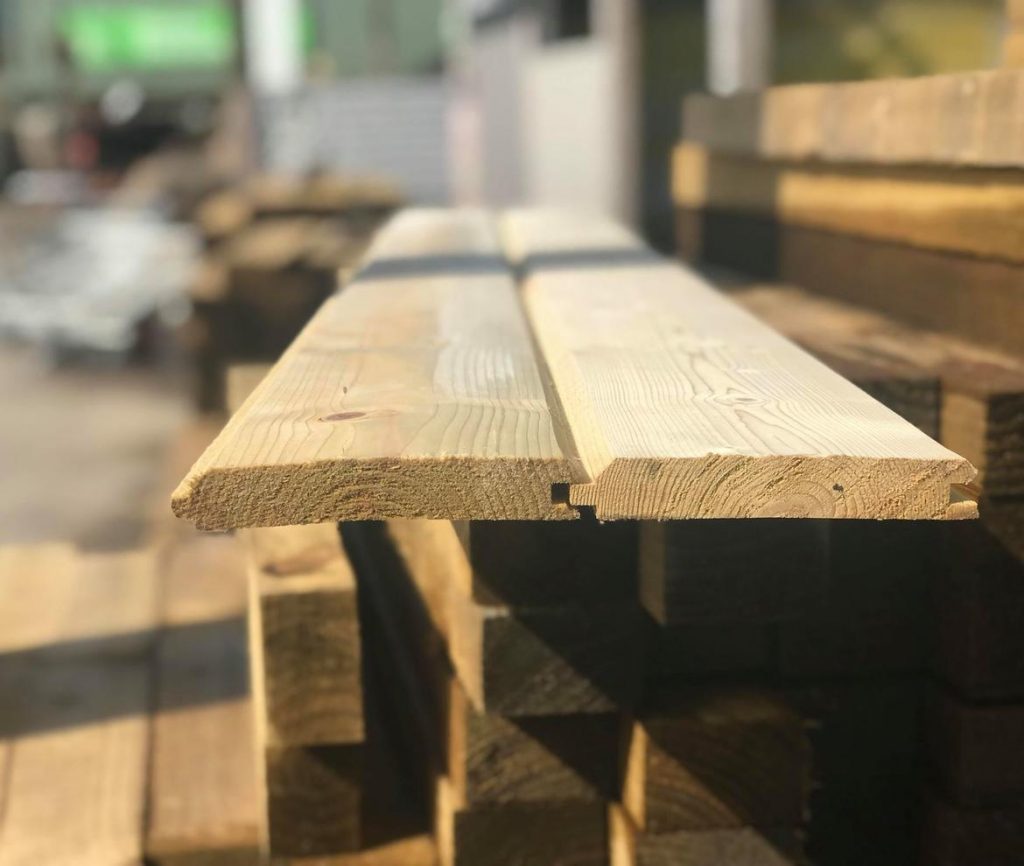We are all guilty of getting wrapped up in the aesthetic look of our garden buildings. A garden shed might look nice & that makes it easy to forget about the build and cladding.
They’re an important feature of your garden building, cladding can have an impact on a lot more than you think. The strength, price and even the uses of your shed are all affected by the cladding. If you want to find the perfect garden shed, or garden office, it is essential you know the difference between the different styles to help you find the perfect shed for you.
There are plenty of different building styles for wooden buildings, this guide should guide you through the differences between each style. The 3 styles are overlap, shiplap and tongue & groove. They all involve wooden panels locking together & all have advantages / disadvantages.
What Is Tongue And Groove?

Tongue and groove boards are typically used for large sheds, such as summerhouses or garden offices.
They are typically used as they have a strong structure, are very durable & have great weather protection. They create a flat, attractive aesthetic which can add to your garden shed. The tongue and groove technique is created from slotting wooden planks that interlock with each other.
It’s interlocking design means it is secure & weather resistant. It leaves little room for draughts or any moisture from rain. The tight seals on the wooden slots protect sheds from the elements.
The only drawback to this formidable garden shed structural design is the cost.
What Is Shiplap Cladding?
Shiplap cladding consists of wooden high quality boards which overlap in a way so that they can provide more weather resistance. It do this by creating a flat surface. It similar to tongue & groove, as it uses interlocking methods, allowing water to smoothly run off instead of getting trapped between the wooden boards. Installing Shiplap is a simple process as the boards fit together like a jig saw.
It provides extra protection from weather, with more security & a great visual appearance. For some garden sheds, this is a preferred method of construction. However, here at Heavy Duty Timber Buildings, we suggest using tongue & groove. If you intend to use your shed as a home workshop, we suggest that shiplap cladding may be more suited to you than overlap.
Although shiplap may be more practical for some uses than overlap, it is noticeably more expensive. Due to this, shiplap is best suited for those who want to invest in a long term life span for their shed.
What Is Overlap Cladding?

Overlap cladding is the most cost effective way to produce cladding for your garden shed. The bottom slats go on top of the next & they fit together nicely to feature horizontal panels.
The sleek overlapping design enables rainwater to run off with ease. However, although the design is watertight, as overlapping cladding is not airtight that will mean it is vulnerable to draughts and the shed can get damp. These types of sheds are perfect for using as storage space.
Overlap is by far the most commonly used design for sheds as it has been tried and tested for hundreds of years. They are fast to create & simple to construct. If you don’t want to spend a lot of money, this design is perfect for the storage of your garden equipment.
If you’re planning on using your shed for anything other than storage space, we do not suggest using this design & would recommend investigating further into tongue & groove.

